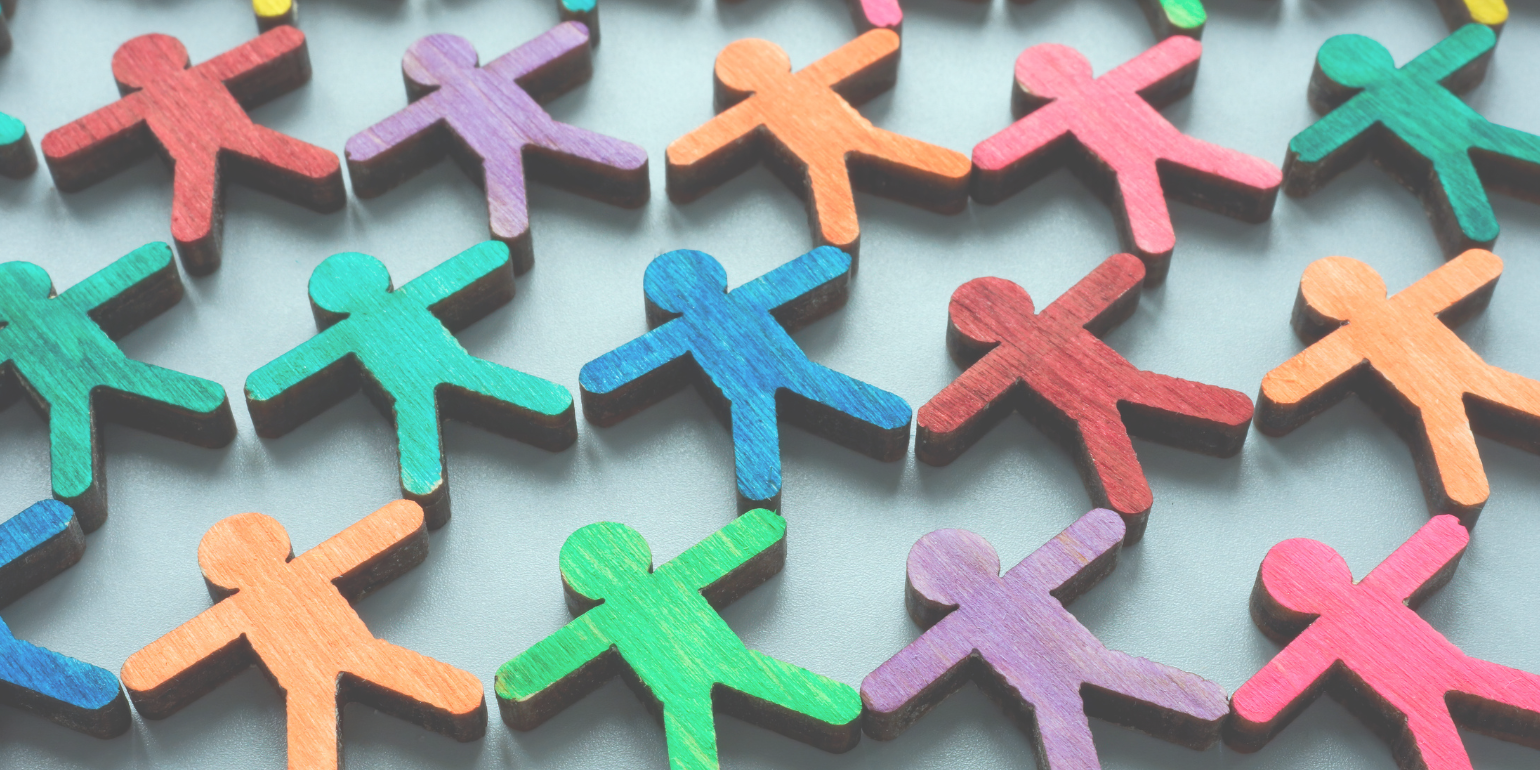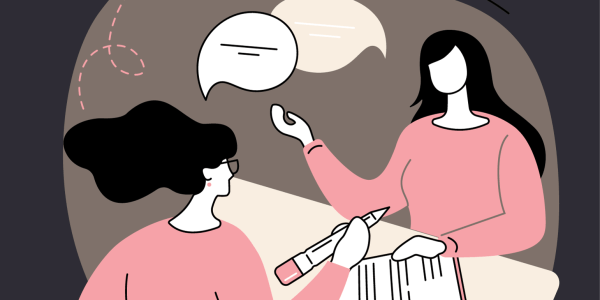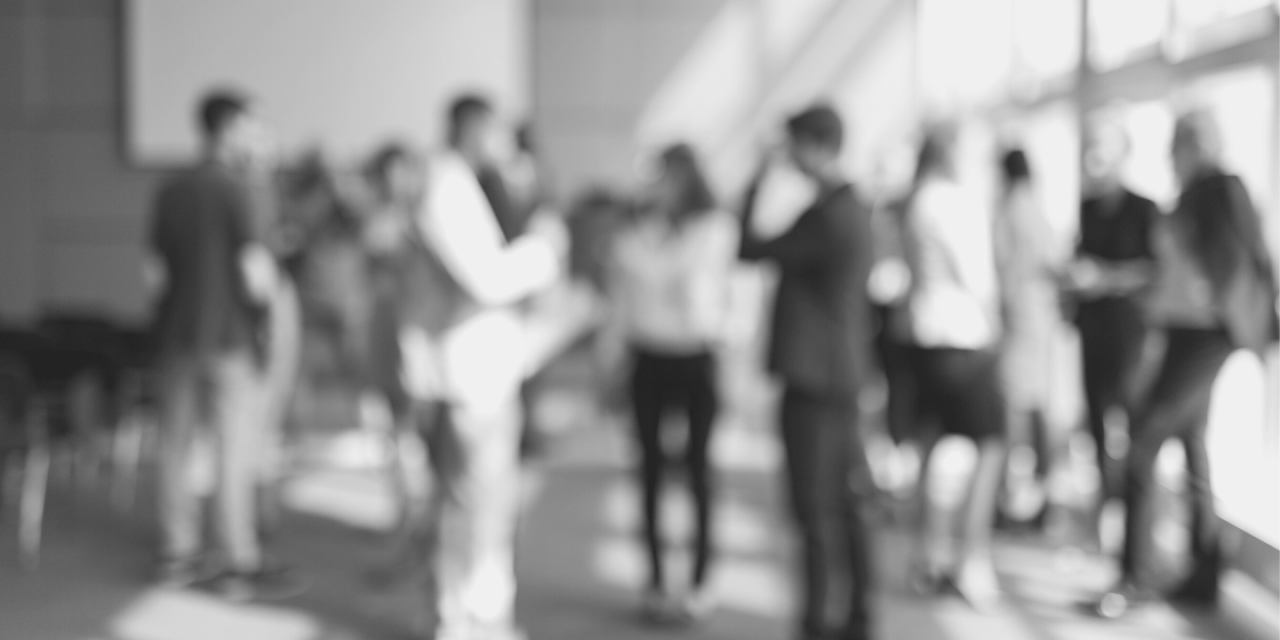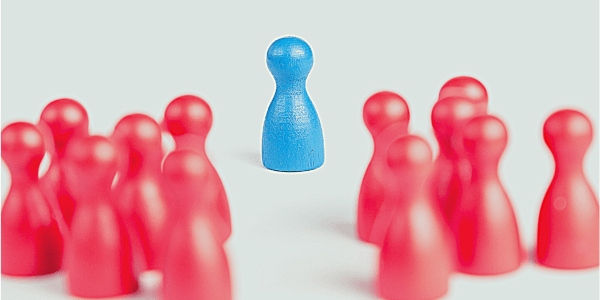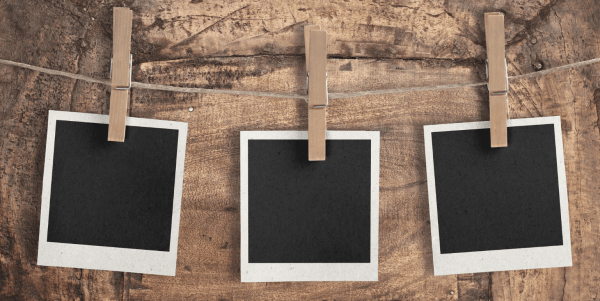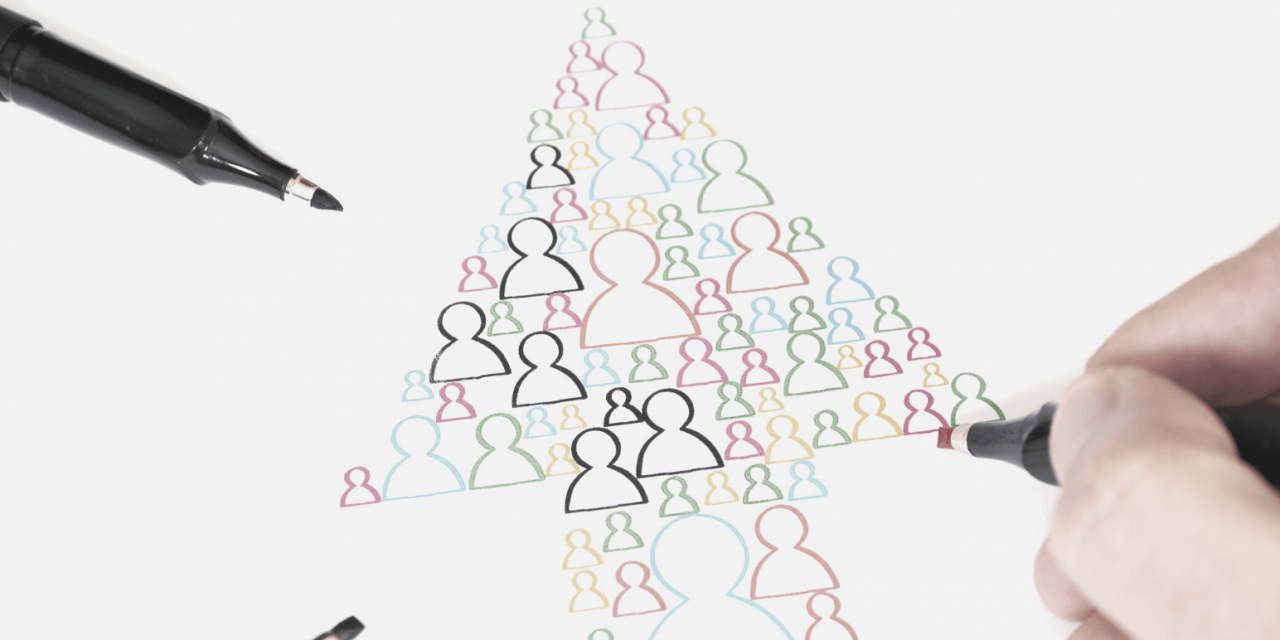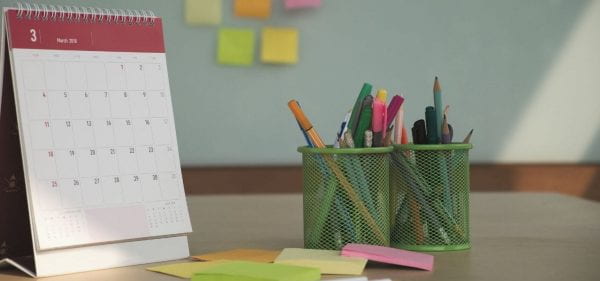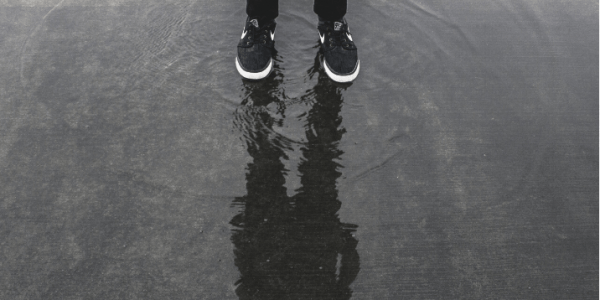LUV U BETTER: FACILITATING RACIAL JUSTICE & HEALING THROUGH RESEARCH-PRACTICE PARTNERSHIPS

Research-practice partnerships (RPPs) make me think about cross-genre music collaborations. I’m a Black male nonprofit and social justice leader who loves art and wants to change the world. And collaborations enable some of the most meaningful, influential, and healing contributions to culture, society, and relationships. However, when not carefully designed, they can also cause harm or at least leave you feeling like you wasted your time. Remember how underwhelmed you were by the so-called “Best of Both Worlds” when Jay-Z collaborated with someone whose name shall not be mentioned? Or worse yet: “Accidental Racist”, when we heartbreakingly endured L.L. Cool J spitting bars on a Brad Paisley number that insidiously proclaimed that Paisley was “just a white man”? (Don’t go now and get that awful hook stuck in your head—you’ve been warned!)
RPPs are intended to solve problems through centering the experiences, voices, and expertise of impacted people through co-constructed research. But because of the power dynamic between academic institutions and community practitioners during the research process, the academic side can drown out the voices of practitioners and community so that all we experience are the patronizing tunes of Brad Paisley (I truly wish I could un-hear this horribly derisible song). This article reflects bits of my journey with my university-based research partners in co-facilitating racial justice and healing in education, including within the RPP through our partnership process. I hope to offer a few useful tips for helping other RPPs collaborate in a way that is effective and equitable so that the experience more closely resembles LL’s collaboration with the Neptunes and Marc Dorsey in the cultural phenomenon Luv U Better than it does LL’s collaboration on the Paisley project I wish I never heard.
Background
Our Spencer Foundation-funded research collaborative came together to address injustices in public education systems, specifically for Dismantling the School to Prison Pipeline (DSToPP) harming Detroit’s bright youth. DSToPP is allied with the Urban Learning and Leadership Collaborative. Ours is a networked, intergenerational RPP that unites two Midwestern research universities, namely University of Michigan and Wayne State University, to the Detroit-based and nationally renowned civil rights and human services organization Focus: HOPE, where I serve as a founding Director of Advocacy, Equity & Community Empowerment.
As a formerly incarcerated man, I identify very much as part of the community being served through this inquiry but as an inexperienced researcher felt challenged by how I fit in as a Principal Investigator (PI) in this RPP. I’m partnered with Dr. Camille Wilson, a highly accomplished Black woman full-tenure professor and Founding Director of University of Michigan School of Education’s Community-Based Research on Equity, Activism, & Transformative Education (CREATE) Center; and Dr. Rick Smith, a well-trusted full-tenure Professor and Assistant Dean of Wayne State University School of Social Work. The Partnership also links resident advisors from HOPE Village—the roughly 100-block residential neighborhood surrounding Focus: HOPE’s educational campus in central Detroit—and four predominantly African American, community-based action research teams composed of youth researchers, community practitioners, and additional university-based researchers. The heavy presence of university researchers in partnership with youth and community practitioners made me worry that I was not only unprepared, but also that the voice of the community might get lost.
The following sections outline my thoughts on the challenges and opportunities that RPP work between academic institutions and community organizations presents, based on my RPP journey, and the practices we found useful for promoting equity and healing in the second year of our DSToPP partnership to intentionally address potential pitfalls.
1. THE CHALLENGE | “This is Hard to Say”[1]
RPPs face a clash of cultures. If we’re honest, as much as research universities create great new thinkers while offering a sanctum and a range of perks for the intellectually curious, they also exist within and recreate systems of oppression that feed on our very souls. Academics enter the rat race for tenure, at times sacrificing their own wellbeing as the university demands from them instruction time; service to the institution; and most important, landmark research in an impossibly competitive environment dictating “get published or get fired!” And these demands are not equitable. Black and Latinx faculty bear the burden of this and report lower levels of work-life balance (Denson, Szelényi, & Bresonis, 2018).
Alternatively, those leading social justice and service institutions are in a race of our own, allured by the opportunity to “do good” but forced to overextend to secure funding. Community practitioners scarcely find time to evaluate programs; and in the absence of evaluation or sometimes even established program models, we must feel our way through. Invitation to an RPP presents an irresistible opportunity to attract additional resources to support existing programs and find evidence for their validity by bringing in the university to support the data work. This seems like a good deal to those of us who are doing service work and/or advocacy, are often not well versed on research, and have limited capacity to support it; however, it creates problems when academics need our support to access important data and are unable to receive it because of our limited capacity. In the absence of a clear understanding between the two sides, the partnership can become the source of frustration as academics are concerned about the completion of research and community partners experience anxiety over the threat of a tarnished reputation when unable to keep up with or meet demands. All the while, the community can experience the entire research experience like it experiences mosquitoes who “suck blood and leave” (Cochran, Marshall, Garcia-Downing, Kendall, Cook, McCubbin, Gover, 2008). But even with these tensions in mind, there is great opportunity to make progress toward healing in and through RPPs. It involves working the system.
2. THE OPPORTUNITY | “Do You Think I Meant to Hurt You”
There is a silver lining for partnerships that make time for each other. Being familiar with and following the principles of the Community Based Practitioner Research (CBPR) model (Bergold, Jarg, & Thomas, 2012; Dixson, James, & Frieson, 2019) is extremely helpful for RPPs between academic institutions and community organizations and community members, such as DSToPP. First, the power dynamic favoring the university side must become balanced so that power is shared, and the partnership benefits are mutual and well understood. All sides need each other. Issues faced by the community necessitates research and data. Services provided by community practitioners attract academic partnerships since a well-positioned community organization strengthens research proposals. Positioning community partners involves helping us understand our value for securing funding within the competitive profession of university research, and also aiding our existing budget and programs so that we have capacity to support a research partnership while more stably serving the needs of the community. RPPs are also strengthened when leaders from community organizations commit to the incorporation of research and research findings at high levels, enlisting the interests and trust of university and philanthropic communities.
In the case of our DSToPP partnership, Dr. Camille invited me to campus one afternoon to speak with her students. It was a wonderful experience, but the real reward happened when she and I went for a drink at the end of the day. During an incredibly warm and honest exchange, she shared with me the intricacies of the research profession. This conversation enlightened me on the mechanics of research universities and the tenure and promotion process, deepening my appreciation for the intentionality both she and Dr. Rick bring to our RPP. But equally important, this new understanding helped me to appreciate my organization’s niche and the role I play in advancing systems change through CBPR. That bolstered my confidence and my interest in helping Focus: HOPE become a leader in RPP work; and I eagerly, confidently, and successfully pursued an additional multi-year RPP with a new university partner. The focus of this inquiry is mental health in the workforce as well as workforce training programs, which means that Focus: HOPE will introduce evidence that supports advocacy for employment and economic justice as well as the education justice we pursue through DSToPP. At the same time, the focus of the university partner is to introduce changes to the tenure process that accidentally exclude or overwhelm the practice side of RPPs (so, no more Paisley songs!).
Overall, my experience on DSToPP has made Focus: HOPE more comfortable with RPPs and my involvement is making the RPP process more seamless within academic institutions with whom we partner. You could say it’s starting to feel natural, like a Hip Hop-R&B collab where you almost forget the two music genres are supposed to be distinct.
3. THE LESSONS | “When I Think About the Things We Did”
Of course, we have also made mistakes in our RPP, but we are intentional about learning from them through the evaluation of our partnership and our meta study. We analyze data from interviews, focus groups, surveys, and other observations to pinpoint challenges, tensions, benefits, and new opportunities for growth and continued partnership. Our preliminary findings provide helpful lessons for other RPPs:
- Build trust across the research leadership team—The DSToPP coordinating team (DCT) adopted a process for relationship building that includes weekly meetings as well as in-depth retreats at each other’s offices (and even once or twice in my backyard). By building trust, we have been able to respond to conflicts as a team. For example, when a white team member unwittingly engaged in language containing microaggressions with youth researchers, the DCT team responded collaboratively to determine a restorative path.
- Orient and engage with the community-based action research teams—Although we planned on a series of in-person events, we shifted online due to the pandemic. We designed our orientation to include space for community building as well as setting norms for community-based participatory research, anti-racist work, and working with youth researchers. When we needed to cancel our scheduled large-scale retreat, we also took painstaking efforts to meet with each member of each team and to engage each team entirely to offer supports and build relationships.
- Engage in collective reflection to evaluate and adapt our RPP to ensure alignment with our equity-oriented and anti-racist objectives—We are committed to maintaining an RPP team that is demographically representative of our community. To come to a collective vision, we navigated various insider-outsider dynamics. We hired an independent evaluator for surveys and focus groups to give us regular feedback on the RPP, including the selection of the sub RPPs, orientation, and our spring symposium. We reflect on this feedback in our retreats and weekly meetings, always centering the advancement of antiracist and pro-Black processes.
- Draw upon our diverse backgrounds to honor individual and collective knowledge—This one should speak for itself. But it is sometimes easier said than done.
- Expand our methodologies to promote the research development of our community-based practitioners—Our team comes with different research skills. To provide more in-depth self-reflection, we trained our community coordinator to do oral history interviews. She conducted oral histories with our resident advisory board to bring additional shape and soul to the project.
- Disrupt the hierarchical and whiteness norms of institutions—This has been one of the more challenging aspects of DSToPP. One of my university partners worked hard internally to eliminate boilerplate contractual language about intellectual property that would have required the products of our partner research teams (none of whom are affiliated with that university) to be claimed by it, which would have communicated to our community, youth, and other university partners, that they did not “own” the work they created.
- Wrestle with our varying work styles and obligations—During our first reflection retreat, we discussed our competing obligations and work styles. The community coordinator shared during one reflection that in our non-profit work, “everyone gets involved with everything” but that she got the sense that in universities, the work is more specialized. We also noted our family obligations and the way the pandemic introduced complications for managing work-life balance, including for the sub RPPs and especially the youth in school who went from in-person to online instructions and back again several times. Indeed, the youth members of one of DStoPP’s sub RPPs worked with their high school administration to adjust the times of remote instruction to improve their wellness, to change the dress code, and to eliminate suspensions to conform to state guidelines around restorative justice.
Reflecting on my experiences with our processes and journey—including through the drafting of this piece—affirms my understanding of the challenges from which we learned, the mishaps we managed to avoid, but also of my newfound place in RPPs.
Trust Me; From the Bottom of My Heart, Nothin’s Gon’ Tear Us Apart
When the “accidental racism” present in research-practice power dynamics is intentionally addressed, bringing together university-based researchers with community practitioners and other stakeholders to solve community problems has immense potential for creative healing. The “melodies” we produce, systems we create, relationships we foster, and new identities we forge through a commitment to cultivating understanding, sharing power, and altogether loving each other better make it hard to imagine how or why we would ever solve problems apart from each other.
Jasahn M. Larsosa is a community and social justice organizer, business and DEI strategist, and nonprofit leader. He is Founding Director of Advocacy, Equity, & Community Empowerment for Focus: HOPE, co-Principal Investigator for Community-Based Participatory Research projects addressing mass incarceration, economic justice, and mental wellness, and co-owner of Krystal Klir Communications and Black America Rising.
REFERENCES
Bergold, Jarg & Thomas, S. (2012). Participatory Research Methods: A Methodological Approach in Motion [110 paragraphs]. Forum Qualitative Sozialforschung / Forum: Qualitative Social Research, 13(1). Art. 30.
Cochran, Patricia A. L.; Marshall, Catherine A.; Garcia-Downing, Carmen; Kendall, Elizabeth; Cook, Doris; McCubbin, Laurie; Gover, Reva Mariah S. (2008). “Indigenous Ways of Knowing: Implications for Participatory Research and Community”. American Journal of Public Health. 98 (1): 22–27. doi:10.2105/AJPH.2006.093641. PMC 2156045. PMID 18048800
Denson, N., Szelényi, K. & Bresonis, K. Correlates of Work-Life Balance for Faculty Across Racial/Ethnic Groups. Res High Educ 59, 226–247 (2018). https://doi.org/10.1007/s11162-017-9464-0
Dixson, A.D., James, A., & Frieson, B.L. (2019). Taking it to the streets: Critical race theory, participatory research and social justice. In J.T. DeCuir-Gunby, T.K. Chapman, & P. Schutz (Eds.). Understanding critical race research methods and methodologies: Lessons from the field, pp. 64-75. New York: Routledge.
NOTES
[1] This header and the subsequent two headers are popular lines from LL Cool J’s Luv U Better in collaboration with The Neptunes and Marc Dorsey.
Suggested citation: Larsosa, J. (2022). Luv U Better: Facilitating Racial Justice & Healing Through Research-Practice Partnerships. NNERPP Extra, 4(1), 8-12. https://doi.org/10.25613/NZ07-CN33
